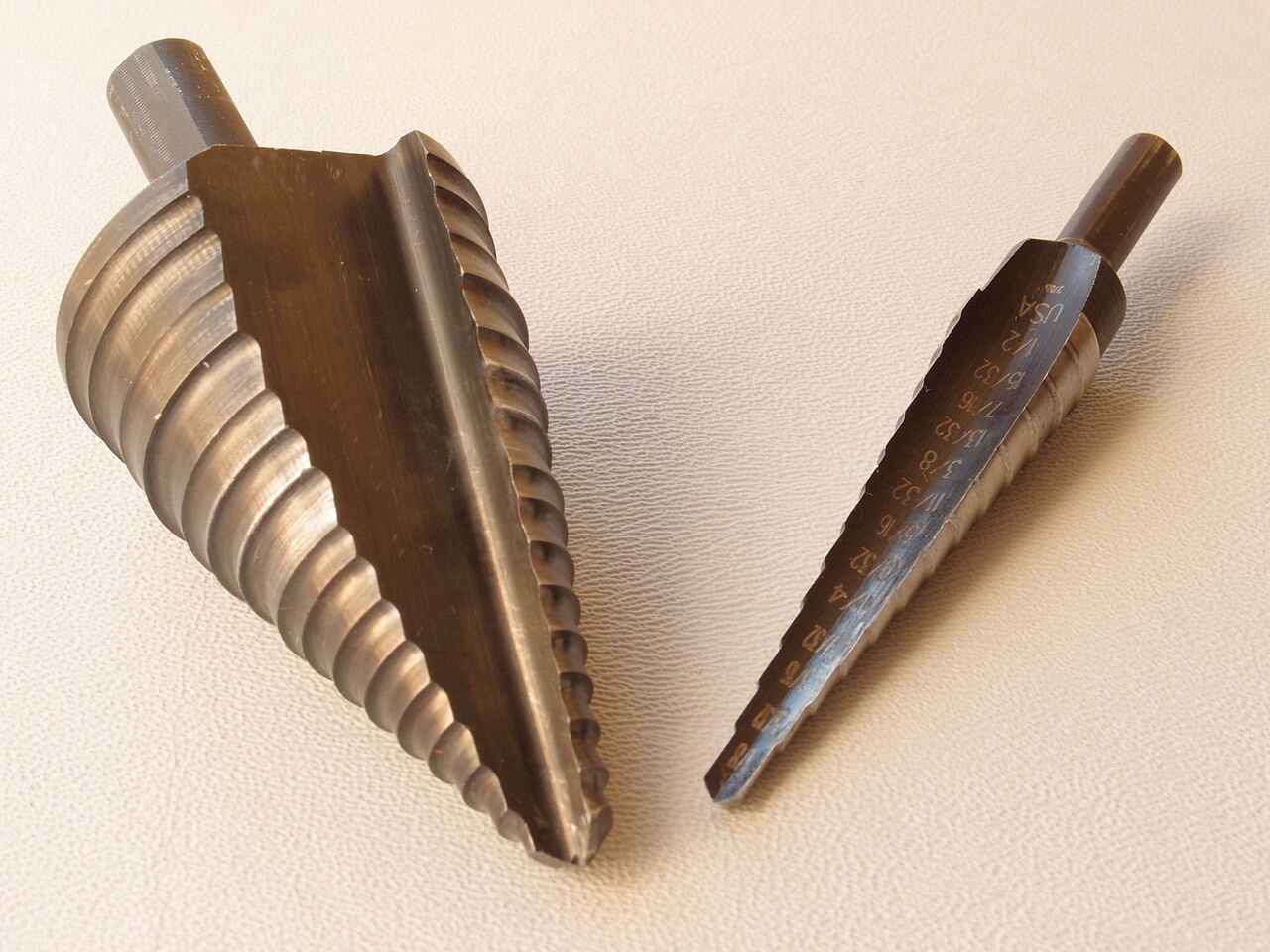Ode to the Step Bit
The year was 2008, I was a junior engineer at FLIR Systems and soaking up knowledge like a sponge from my senior counterparts. I learned about complex circuit design from Dave, the 63 year old electrical engineer. I learned what equipment is best from Joe the electrical technician.
I ran temperature tests on entire gimbel systems at -40 degrees Celsius to see what fails and what survives. FLIR did not skimped on lab equipment. There were millions of dollars worth of precision equipment strewn across several labs, an engineer’s wet dream.
We even had an entire machine shop with precision 5-axis milling machines, metal working tools and equipment that I would never even think of purchasing myself. The machine shop tech knew how to run all of these machines but for some reason didn’t know how to work with email all that well. That’s another story.
I was working on a test fixture that FLIR allowed me to design from scratch. I did the electrical and mechanical design and fabricated 5 of them, one for each laser lab.
I used a metal enclosure and my design had LEDs, buttons, and BNC connectors which all needed to be panel mounted. I needed a way to drill a clean hole in these boxes. I asked the machine shop tech what the best approach was and he did not hesitate to give me a step bit.
I’ve used drill bits before but until this moment, I never came across a step bit. I chucked it up in the drill press and I marked with tape where I needed to stop drilling on the bit itself to get a half inch hole.
I flicked on the drill press, held my metal enclosure in place and started drilling. Now, I know the phrase “like butter” has been used over and over again to describe anything that fits nicely or goes smoothly, but it’s the only way to describe the feeling when the step bit smoothly drilled through the eighth inch thick metal enclosure.
Once the step bit took its first bite into the material, it felt like it knew what it was doing. It just ripped through the material with ease.
When I stopped at my marked location, I retracted the drill press and shut it off. I looked at the hole I made expecting to debur the metal shards but it was the cleanest hole I’ve ever seen.
Since this moment, I’ve only used a step bit to drill precision holes in metal and some plastics. It’s by far my favorite bit. I recommend having a few step bits in your tool arsenal. The step bit doesn’t bind in the material. It’s thick enough to never break and it’s the cleanest way to make a manual hole.
And now a step bit in action in slow motion with music:
